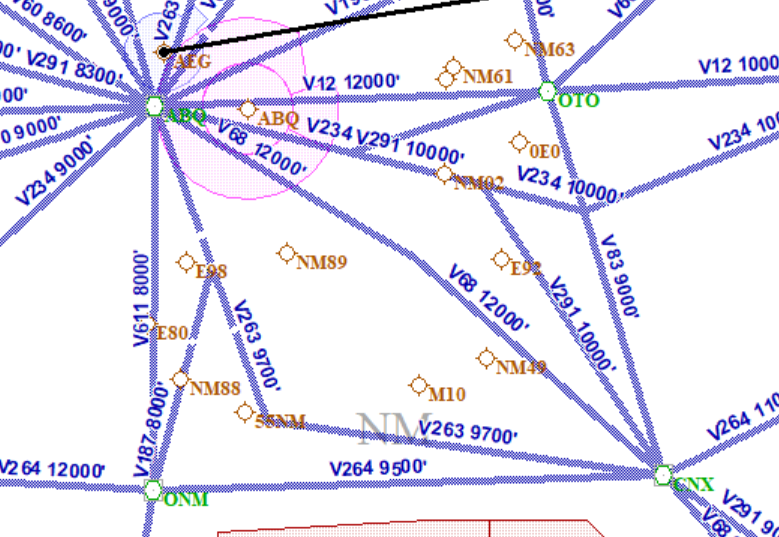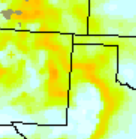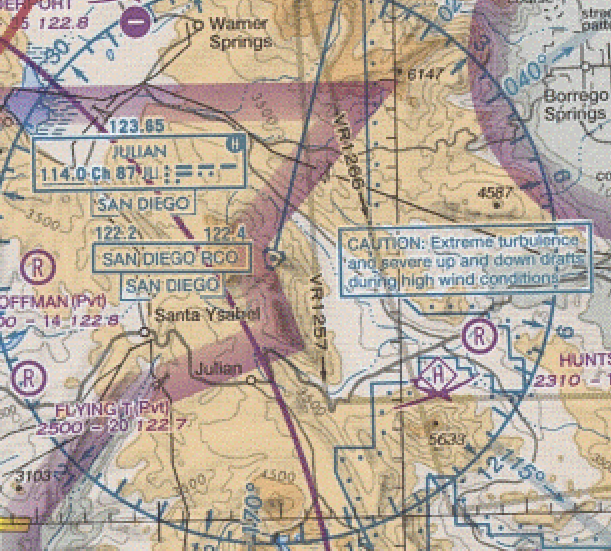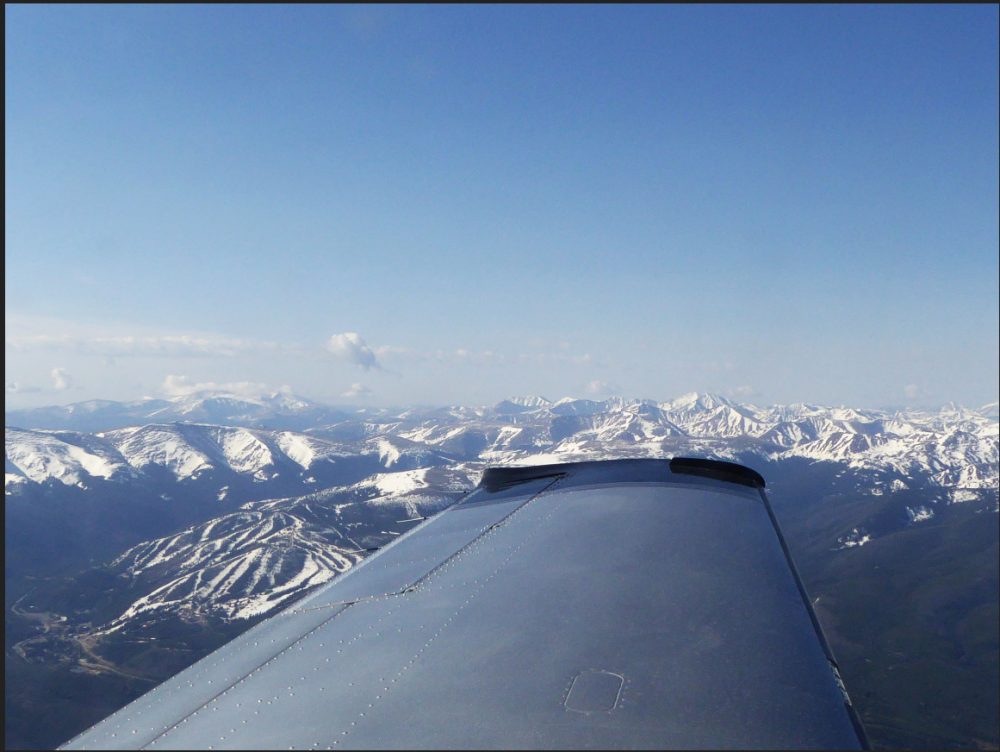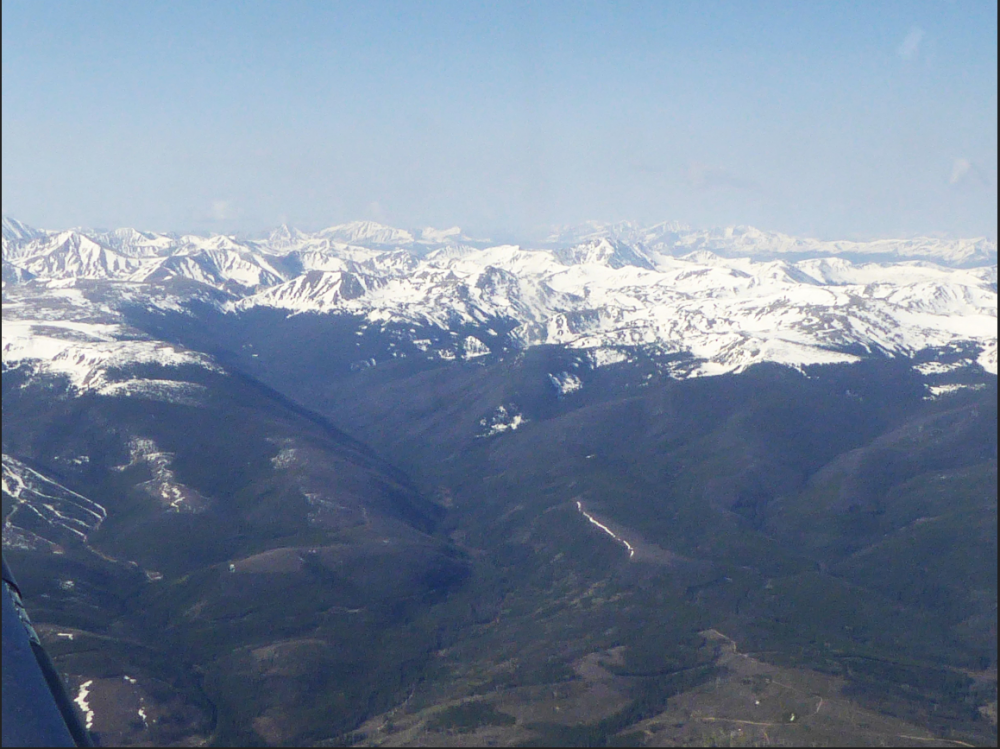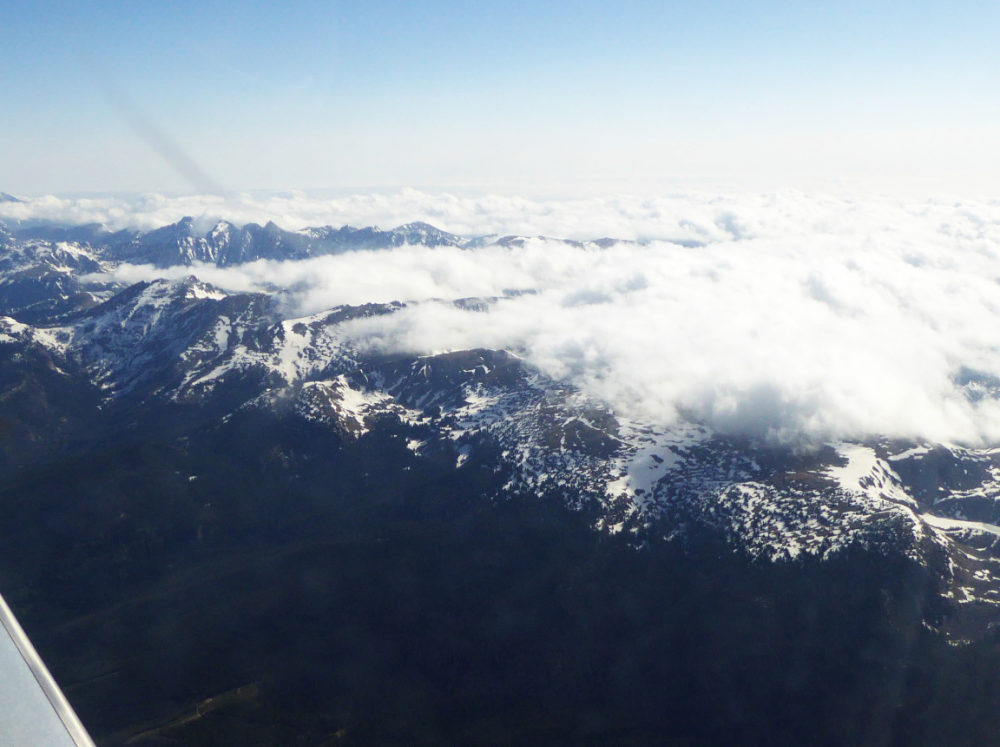
THill182
Basic Member-
Posts
123 -
Joined
-
Last visited
Content Type
Profiles
Forums
Blogs
Gallery
Downloads
Media Demo
Events
Everything posted by THill182
-
Really a no-brainer, when you need to fly out of high-density airports. See takeoff performance charts for Ovation II with 2-bladed prop, vs. 3-bladed 310hp conversion:
-
SB18-08A for IO550-G, N; any experience with it? Cost?
THill182 replied to THill182's topic in Modern Mooney Discussion
I think I got lucky on this one: I have an Ovation -- so IO550G (N after upgrade to 310HP). CSB19-01 reads for Models Affected: New and rebuilt Continental Motors (CMI) IO-360-ES; LTSIO-360-E, EB & KB; TSIO-360-E, EB, F, FB, G, GB, KB, LB, MB & SB; TSIO-520-BE and TSIO- 550-A, B, C & E aviation gasoline (AvGas) engines So Ovations are not affected, only turbocharged IO550's. Hope I am right on this one.... -
I saw this in my Mooney magazine today, and found out that this Service Bulletin applies to my engine. Does anyone have experience with the cost of fixing this if the cylinders had not been fixed prior to shipping/installation? Looks like I need to comply with this? (I understand it's not a mandatory AD; but cracked cylinders would be worse). SB18-08A.pdf
-
Ovation pilots, can you flight plan a trip for me?
THill182 replied to cujet's topic in Modern Mooney Discussion
I have never flown 10 hours, for the record...; but my fuel flow meter told me I could go that long in theory. But: Going on long trips out to and straight West it is good to know that you can plan for a 2 hour reserve after a 5 hour flight with not-so-exact forecasts of headwind. One of my longer flights was from Washington DC to Oklahoma. It took 7 hours - I had hoped less than 6 but fueled for 8 hours.... So it's really about the flexibility to make choices, and frankly there is no other airplane like the Mooney's with long-range tanks -- even many light jets and turboprops don't have the range and flexibility... -
Ovation pilots, can you flight plan a trip for me?
THill182 replied to cujet's topic in Modern Mooney Discussion
Very true; when I converted from 280hp (2-bladed) to 310hp (3-bladed), the cruise numbers remained very similar; but the climb!!! And when you use the plane for travel, that makes a big difference, e.g., to climb quickly through clouds or to higher altitudes (actually, ceiling is now >20k ft!) . So I highly recommend the 310 conversion (Eagle, Ovation). My Mooney is a bit slower, with AC and non-FIKI anti-ice. I like to fly at 8-12k ft, and LOP, at 2,500 RPM, 12.3 GpH or so and 170 to 173 KTAS. I have the Monroy's with 130 Gallons, which means when I am flying by myself and leaning out at 10k ft I have seen 10+ hours of endurance. So forget Florida, and Hello Europe! (Just kidding of course....:)) -
Happened to me before, and was a sensor/connector problem. One question I have: If one of the cylinders really goes "cold", wouldn't your engine run rough? In my case, everything else worked and felt exactly the same, performance was the same, and I still got CHT readings (but no EGT). If one cylinder really goes, I would expect a great deal of imbalance, wouldn't I?
-
Sorry, not until Monday when the new parts will be installed; but my plan is to then take detailed photos of the actual fracture. Really appreciate your offer though! I am confused here also. One question I have: If you put a "groove" into the threading/bolt -- will that not weaken it? If that is a critical and stressed part -- and if for sure today Mooney does not put that part in -- that seems "not right" and a potential higher probability failure point....
-
Funny you should say that... Turns out the discussions regarding the part (that the shop here initiated) involved Lasar -- they shipped the part MM-4M-13; which the shop thought was wrong; Lasar then communicated with Stacey Ellis at Mooney who emailed back that this part never changed (so no groves and clip). I also asked them to run it by Don Maxwell, and he too apparently (I was told) agreed that he had never seen any other part than the one that Lasar had shipped (without the grove). So either somebody at some point early in the planes life put a different part in (which has the same number printed on it I think, it looks like that in the picture; I'll confirm), or in 2000 a different part was actually in use when the plane was built (Stacey Ellis said that was not the case). Really a riddle. I'll also find out how the safeties are tied to the nut, and can provide more detailed pictures of the broken part.
-
Well, the plot "thickens": 1. The first picture shows the broken rod end; the second picture shows the same part installed for the other side(not broken); notice the grove on the side of the threading, and how is used to hold a safety clip. 2. The tube itself is part 915053-501; the Rod End part is actually MM-4M-13 (thank you Stacey Ellis!). 3. BUT: That part does not have the grove! See below: 4. According to Stacey Ellis, this part has never been modified and no "safety clip" has ever been used on Ovations. I am no engineer but it seems to me that putting a grove into such a part will not exactly strengthen it. Note that this plane has had early damage in 2000 that was repaired at the factory (long story short, the fuel system setup was wrong, and on touch-and-go the first owner ran off the runway on takeoff when the engine quit; a new Service Bulletin came from that accident if I remember correctly; I have had the plane for 16 years or so (more?), and have not had any issues with the gear ever) So my question at this point is: Does anyone know if in other 2000 Ovations there is a "grove" in this part? Anyway, I consider myself extremely lucky that the gear didn't collapse! Also, I decided to stay perhaps another day and have both rods replaced (since the other one also has a part we don't know) by the very nice/accommodating shop who was the one who figured all this out! . Really strange! Anyway, hopefully, this is the end of my gear troubles...
-
Thanks everyone! Part is on order and should get here in the morning. Also I talked with Don Maxwell who has been doing my annuals for a few years, and he also suggested to look at and preferably replace both rods. I will ask tomorrow morning if that's still possible. Was a scary experience. I guess I came very close to a "BIG PROBLEM" had the gear collapsed....
-
Today I had my first real emergency in my Ovation in 14 years or so of flying it (2000 Ovation II, with 310 HP upgrade). In short, coming in for a landing I put the gear down -- heard an "unusual clunk" -- and then the Gear Unsafe warning started blinking. Long story short, the FBO confirmed that the gear was down during a fly-by, the green "thing" inbetween the seats appeared to be aligned (gear-down), but not illuminated (since the gear was unsafe). I landed with the firetruck ready to role, but the landing was thankfully uneventful. My questions: (1) What happened? I am attaching three pictures of a broken "tube"/rode under the plane -- looks like it just sheared off. I am attaching pictures of the tube that broke, in the center underneath the plane. (2) What specific part is that in the Parts Catalogue? It looks like part of the Retraction System - Landing Gear; but it happened during extension of the gear. (3) Any ideas what can cause this? I hope the shop at the airport at FNL can fix this before I need to return home...As a (BIG!) side note: They were incredibly busy but started to look at it immediately. General aviation will just die when businesses and their kind owners finally retire without replacement....
-
Same here: 6'5"; not an issue. Get used to the view out the window and you're done. The real issue when transitioning from -- say high-wing Cessna's - into an Ovation is speed control on landing, avoiding float, and the most common accident/incident in Mooney Ovations: Loss of control on landing (which in my view has nothing to do with view out the window). I personally think that the motivation for Mooney was the "first-impression-issue", i.e., when potential customers not familiar with Mooney's sit in one for the first time. Reminds me of the story a professor once told me: He was an expert in physical anthropology and designed desk chairs as a business on the side; he told the story that when he had a big deal pending with customer decision makers in to review, he would adjust the desk chairs to "lay-back" so the reviewers could comfortably lay-back and say "this feels good" -- but you would NEVER want to sit at a desk and work that way.....).
-
Anyone at Oshkosh: Can you inquire about KI -300?
THill182 replied to THill182's topic in Modern Mooney Discussion
Also saw this at the AOPA Forum -- "next Quarter". Really too bad! -
I know the KI-300 has been discussed here and elsewhere at length. I couldn't make it Oshkosh this year, but if someone there could get an update on the KI-300 (replacement for KI 256, "Flight Command Indicator" for the KFC 225 autopilot that many of us have) -- that would be great. Mostly, is it a dead product or will it ever be produced, finally? Makes a big difference for me and my panel going forward.... Thanks!
-
Flying into Aspen in an Ovation 310HP; general advice?
THill182 replied to THill182's topic in Modern Mooney Discussion
Thanks DAN; the winds don't sound bad at all, but it was hot in the last few days. I never landed at Double Eagle, but I've had situations where right over the runway the bottom fell out -- actually, at Sedona (KSEZ; been there a number of times) there is a note on the A/FD supplement that reads "Turbulence may be experienced invof arpt.When ldg Rwy 21, during strong southwest wind conditions, strong down drafts are very probable northeast of apch end of Rwy 21." Again, they aren't kidding (been there done that too....). Another practice I have adopted is to always choose airports with long runways when flying in the mountains or high desert, and then touch down 1/3rd down the runway at slightly higher speed, just in case. Thanks for this info, and safe travels!! " -
Flying into Aspen in an Ovation 310HP; general advice?
THill182 replied to THill182's topic in Modern Mooney Discussion
DAN: It looks from the track that you hit the turbulence approaching the mountains. I fly the route over ABQ a few times a year on my way out West. Usually I fly V12, if there is more wind from a North-Westerly direction I take V234, or V263 (further South), flying at 12k ft (or higher) to stay as high as possible above the ground. Do you recall what the winds aloft were around the area when you flew? I really am trying to learn as much as possible about what to expect in certain weather conditions. I looked at Windy.com this morning (one of my favorite sites) and turbulence prediction on the Aviation Weather Center (https://aviationweather.gov/turbulence/gtg ). Right now it seems there isn't too much wind or turbulence in the forecast. BUT late in the afternoon today (2200Z) that will change: Or was it thermal turbulence since you crossed the mountains relatively close to the ground in the afternoon? I absolutely hate turbulence and try to avoid or at least anticipate it whenever possible.... I have been through severe turbulence once going East over this area (total loss of any aircraft control, just along for the ride) -- so serious turbulence in the forecast is a no-go for me.... -
Flying into Aspen in an Ovation 310HP; general advice?
THill182 replied to THill182's topic in Modern Mooney Discussion
As others have noted: Winds over 25kts start making it unpleasant. I have flown over Albuquerque quite a bit going West. When the wind is straight out of the West at 30kts or greater you get some nasty downdrafts on the east side. I also have been in mountain wave activity I think somewhere around Winslow or Flagstaff going to Las Vegas, where I couldn't hold 12k ft! Another memorable flight was going from Albuquerque to San Diego on a hot day in the afternoon: Horrible thermals and 3 hours of continuous moderate turbulence! I slept real well that night -- absolutely exhausted. That is why I asked specifically about recommendations regarding limits on winds aloft going through Denver over the high(er) mountains. I have done the Albuquerque route at 40kts, but the winds were almost straight from the North (and I took V264 where you are farther away from the peaks); that wasn't pleasant but OK. Finally: I have come to respect VFR charts: For example, flying into San Diego MYF East of the field there is a note that unusual turbulence has been observed -- they aren't kidding! One of my scariest experiences flying coming over that VOR/mountain: Anyway, flying really early in the morning and when there is no major frontal activity around is the only way to go in mountainous terrain unless you can climb to real flight levels..... -
Flying into Aspen in an Ovation 310HP; general advice?
THill182 replied to THill182's topic in Modern Mooney Discussion
You, my friend, are in much better shape than I am.... As a flat-lander I had a hard time breathing while hiking up to Crater Lake or Smuggler Mountain .... -
Flying into Aspen in an Ovation 310HP; general advice?
THill182 replied to THill182's topic in Modern Mooney Discussion
Well: I kind of took the easy way out also and went to Rifle instead: Great suggestion! 5500ft vs. 7800ft. The drive from Rifle to Aspen is only an hour 20 mins or so, and nice (going through Glenwood Springs, Carbondale). The FBO (Atlantic) staff at Rifle is super-nice. Leaving at 8AM in the morning at 45F and a 7000ft runway, and easy departure procedure down-hill, I was able to depart with enough fuel to fly straight to Tulsa (with luggage, and wife, and almost 20 Gallons reserve) -- what other plane can do that? Going I flew VFR at 14,500ft; coming back I flew IFR VFR on-top at 15,500ft. And yes, scenery is spectacular! Coming back we had low-cloud conditions East of the Continental Divide; still beautiful! Performance was amazing and as advertised with the 310hp on tap. Was easy to climb out at 600ft/min from Rifle on the Squat4 departure. Opted for 15,500 VFR on top but could have easily gone to 17,000 ft. Anyway, can highly recommend this trip! Thanks (!!!) for the input. I stuck to <30kts wind at altitude recommendation, and in fact, winds were very benign both times (<25kts at K0CO) -- no turbulence whatsoever. -
KFC 225 Garmin 530 glidescope capture
THill182 replied to redraider's topic in Modern Mooney Discussion
That is odd; I am 99% sure I have the latest software on my 530/430 boxes and the documentation makes it clear that you must manually enable the glide slope outputs. Did it ever work for you? (glide-slope coupling on RNAV?) If not I'd say the installation isn't right. I assume you have the WAAS enabled unit, right? If not, I am pretty sure it won't fly the glide slope.... -
I am on my third set of cylinders now; the first two sets lasted about 1300 hours; for the last set I used Camguard pretty regularly after the first few hundred hours. Didn't seem to make a difference, although I was never able to tell exactly why quite suddenly the engine started using lots of oil (1Qrt per 3 hours; with lots of oil on the belly; I got a TOP overhaul to hopefully take me to a complete overhaul in another 10 years or so). Whatever the impact of Camguard, it seems subtle to me. My hope is to nurse my current cylinders and engine past 1400 hours or so. Looking at Ovations for sale over the last 15+ years it seems that rarely do you see an Ovation (IO550) with more than 1400 hours on a single set of cylinders. If someone invents or has invented a supplement to run those engines to 2000 hours (with once-a-week or once-every-10-days trips)-- I'd sure like to know. Camguard I think is not it. But at the same time I have never read or heard about anybody claiming that it does any harm -- so that is why I am sticking with it (there are times where I don't fly for 2 weeks, very rarely with 3 week breaks in the winter). PS: As others have noted, measuring oil levels in the Ovation is definitely an approximate science. Even the slightest deviations from level can make a huge difference; when I pre-heat the oil seems to rise; sometimes it can take a week for all the oil to show back up on the dipstick after flying. Seems really hard to get accurate reads. I now always measure the oil using the same technique in the same place at the same time after flying, and at about the same temps when possible. While travelling and not knowing how the plane was stored (level?) or moved around there is no telling really....
-
KFC 225 Garmin 530 glidescope capture
THill182 replied to redraider's topic in Modern Mooney Discussion
Not sure, mine works every time. Of course: - You need to intercept the glide slop from below, i.e., you cannot descend "into" the glide slop from above (the glideslope line needs to drop in from the top). - In my airplane (M20R 2000), there is an "enable glideslope" warning that needs to be enabled manually (see also https://www.manualslib.com/manual/358388/Garmin-Gns-530w.html?page=124). So as I go past the initial approach fix, a warning pops up to press PROC to enable glideslope outputs. That disconnects the autopilot from Approach mode, so I need to re-enable it. I have not played much with variations on this. It's pretty much an automatic sequence when I fly approaches. Occasionally I have been too high on practice approaches and missed the glide slope intercept. But when the sequence is followed it always works.






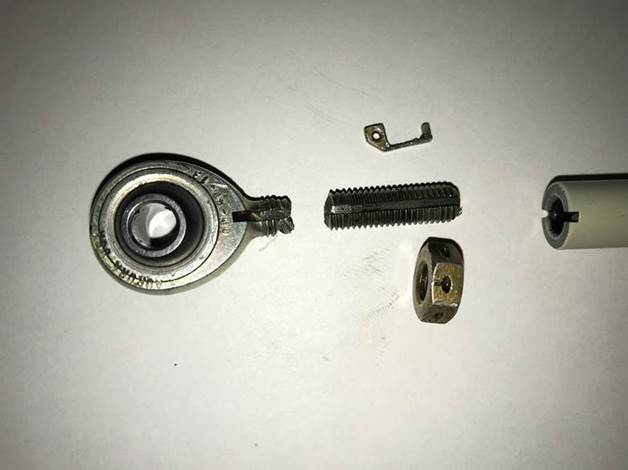
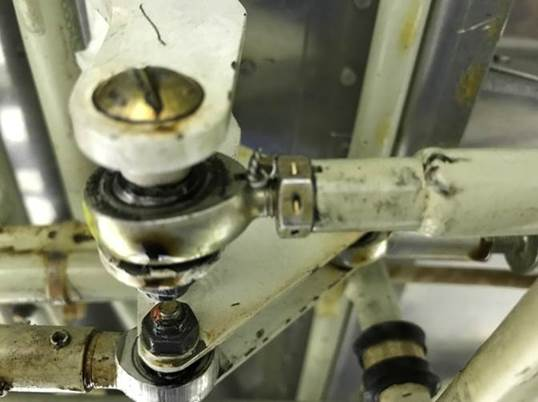
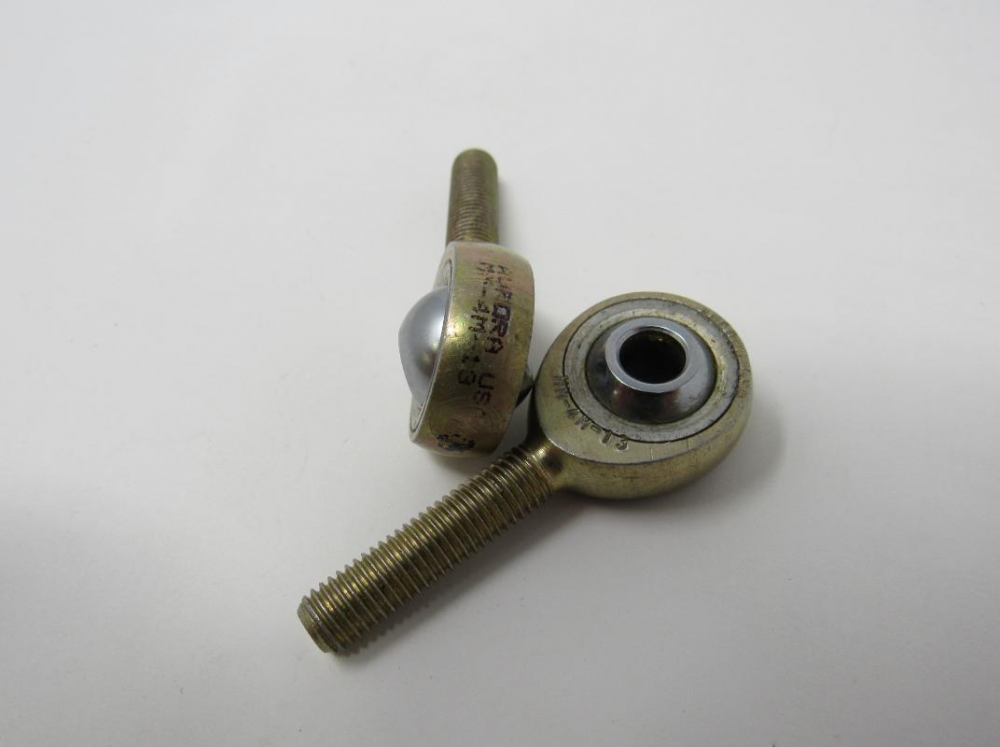
.thumb.png.516122c49f4478e44879a6da71a7fad8.png)
.thumb.png.fe5b27b3bdb3077c74a02fa18092dd8b.png)

